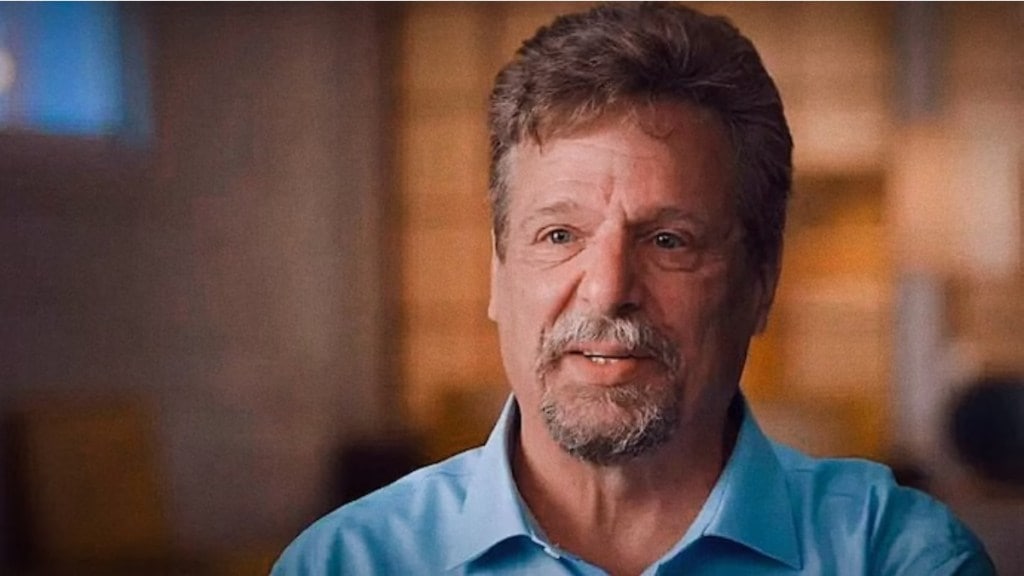A whistleblower had raised serious safety concerns about the factory producing Boeing’s Dreamliner, the same model that crashed in India on Thursday. John Barnett, a former quality control manager at Boeing’s North Carolina facility, alleged that the company had tried to “eliminate” quality checks at the plant where he worked.
Barnett, who died in March at the age of 62, had long accused the aircraft giant of “countless” violations of US law. Among his claims was that the risks linked could become catastrophic as the aircraft age. He claimed 787 Dreamliner paperwork was falsified and that a potentially contaminated tube, originally discarded in a scrap bin, might have been installed in an operational aircraft’s oxygen system.
He warned that if the part hadn’t been properly sterilised, it could lead to an explosion and “bring the whole plane down”.
“I am doing this not because I want Boeing to fail, but because I want it to succeed and prevent crashes from happening,” Salehpour had told reporters. “The truth is Boeing can’t keep going the way it is. It needs to do a little bit better, I think.”
He alleged, crews assembling the plane failed to properly fill tiny gaps when joining separately manufactured parts of the fuselage. This is what puts more wear on the plane, shortening its lifespan and risking “catastrophic” failure, Salehpour’s attorneys alleged.
"At one point, Boeing management got sick of me raising these issues and moved me out of 787 program into the 777 program."
Boeing Whistleblower Sam Salehpour testifying in front of Congress last year. pic.twitter.com/npwbw7C4i0
— Piyush Rai (@Benarasiyaa) June 12, 2025
The company has maintained that the planes were and are safe to fly. It claimed, 787 Dreamliner planes, which entered service in 2011, could have 50-year lifespans – around 44,000 flights each.
Boeing responds to allegations
Responding to Barnett’s accusations, Boeing maintained that the concerns he raised before retiring in 2017 had been addressed. The company added: “Engineering analysis determined the issues he raised did not affect aeroplane safety.”
Thursday’s crash in India has once again cast a shadow over Boeing’s safety record, unsettling an aviation industry still recovering from years of crisis linked to the company.
The ill-fated Air India flight was en route from Ahmedabad to London Gatwick when it crashed shortly after take-off with 242 people onboard.
Video clips captured the aircraft’s final moments as it struggled to gain altitude, disappeared momentarily, and then exploded in a fiery blast.
Boeing responds to Ahmedabad incident
Following the crash near Ahmedabad on Thursday, Boeing issued a brief statement: “We are aware of initial reports and are working to gather more information.” The company has not provided further details yet as investigations continue.
Boeing still entangled in 737 max legal trouble
The latest crash comes at a time when Boeing is still facing legal consequences from two earlier disasters involving its 737 Max aircraft in 2018 and 2019, which killed 346 people. In May, Boeing struck a deal with the US Justice Department to avoid criminal prosecution.
Under the agreement, Boeing must admit to obstructing federal oversight, pay a fine, invest in safety improvements, and support a fund for the victims’ families. However, the deal still requires judicial approval and has faced strong opposition from victims’ families.
In April 2024, the Federal Aviation Administration launched a probe into allegations by a Boeing engineer. The engineer claimed that the fuselage sections of the 787 Dreamliner were improperly fastened and could potentially break apart mid-air after repeated use.
Boeing responded by stating that it had thoroughly tested the aircraft and found no immediate safety threat. However, these claims have added to growing public scrutiny over Boeing’s safety standards.

